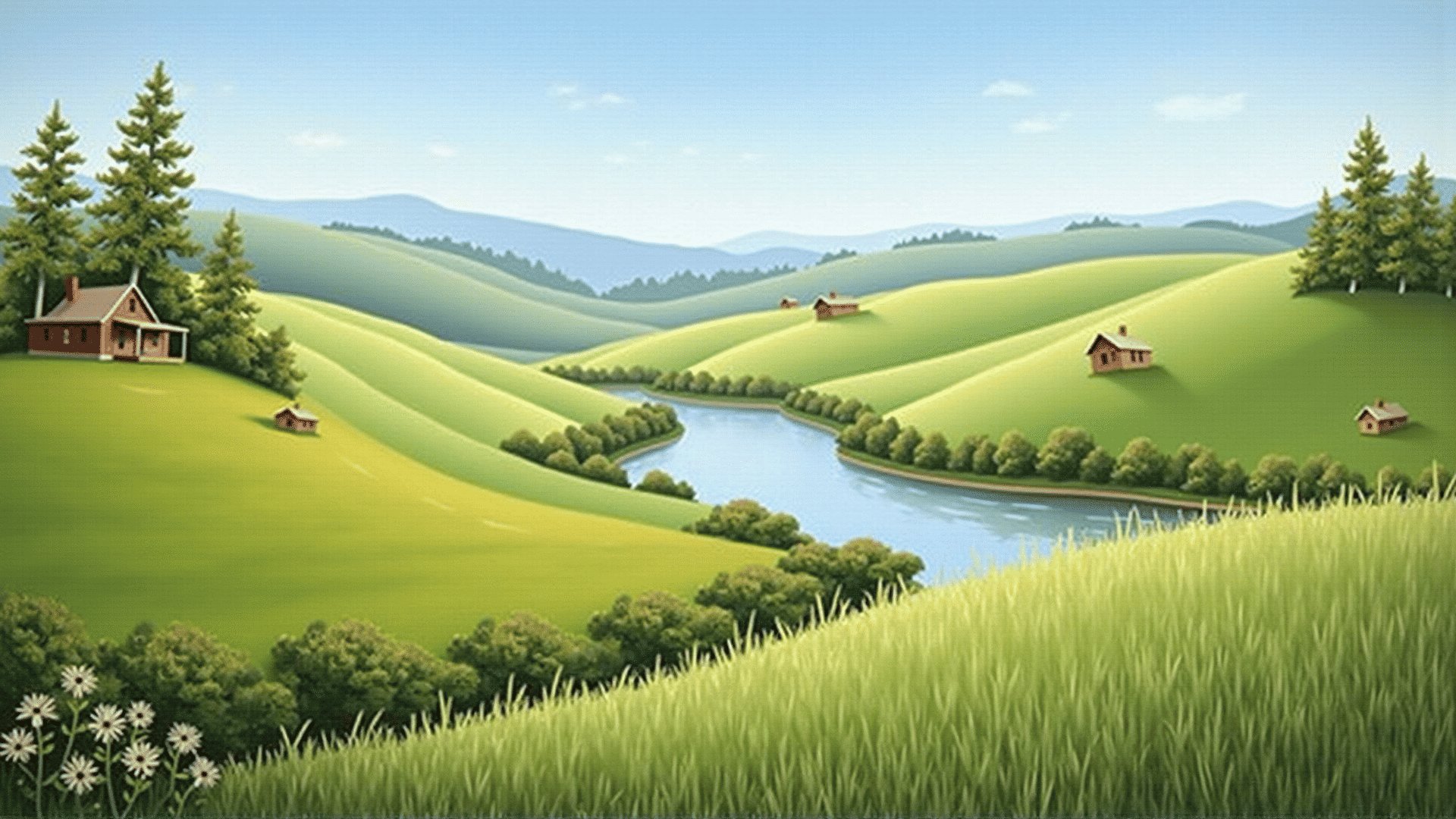Classic American art holds a distinct place in the cultural fabric of the United States, offering a window into the country's history, values, and aspirations. From the pastoral landscapes of the Hudson River School to the vibrant portrayals of daily life by artists such as Norman Rockwell, classic American art captures the spirit of its times with a unique, enduring beauty. Today, contemporary artists are drawing inspiration from these traditional styles, reviving and reinterpreting them to engage modern audiences in an increasingly digital age.
The resurgence of interest in classic American art can be attributed to various factors. Chief among them is the yearning for authenticity and a connection to the past in an era marked by rapid technological change and globalization. As society becomes more digitally-oriented, there is a growing appreciation for the tangible and the tactile—qualities that classic American art exemplifies. Young artists are revisiting these older styles, not just to replicate them, but to infuse them with modern sensibilities and themes.
Contemporary artists are playing with the boundaries set by their forebears. They are experimenting with traditional techniques while incorporating modern elements, such as mixed media, digital art, and photography. This blending of old and new invites viewers to consider the relevance of classic themes—like nature, identity, and community—in contemporary discourse.
One notable example is the adaptation of landscape painting. Artists today continue to be inspired by the grandeur of nature depicted by the Hudson River School, yet their work often reflects current environmental concerns. By juxtaposing pastoral scenes with signs of environmental decay or urban encroachment, modern artists comment on the pressing ecological issues of our time.
Similarly, the works of artists like Grant Wood and Thomas Hart Benton are being reassessed and reimagined to examine issues of identity and belonging in America's diverse society. Contemporary artists are expanding upon the narratives traditionally told by using their art to explore the multicultural dimensions of American life, integrating stories of those previously underrepresented in the art world.
Norman Rockwell’s influence persists as well, with modern artists drawing from his ability to capture everyday moments with warmth and a keen eye for social commentary. This has led to works that delve into the nuances of contemporary American life, highlighting issues such as social justice, race relations, and the digital divide.
Furthermore, there's a resurgence of interest in the craftsmanship of traditional art forms like quilting, pottery, and folk art. Artists across the country are honoring these forms by incorporating their motifs and techniques into new works, preserving cultural heritage while addressing current narratives.
Exhibitions dedicated to this fusion of classic and contemporary are growing in number, welcoming audiences to appreciate the timeless beauty of American art through a fresh lens. These shows encourage a dialogue between the past and present, inviting reflection on how history shapes modern identity and artistic expression.
Reviving classic American art is not merely an exercise in nostalgia; it's a vibrant movement that breathes new life into traditional styles, ensuring their relevance for future generations. By bridging the gap between eras, artists today are not only preserving the legacy of American art but are expanding it, crafting a narrative that honors the past while boldly addressing the ever-evolving present.
